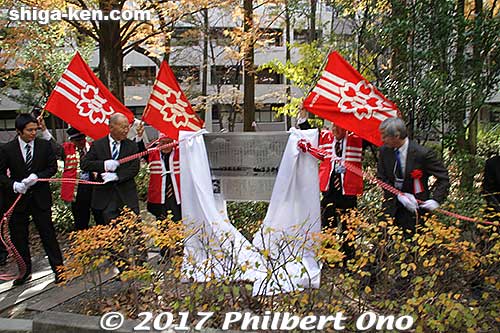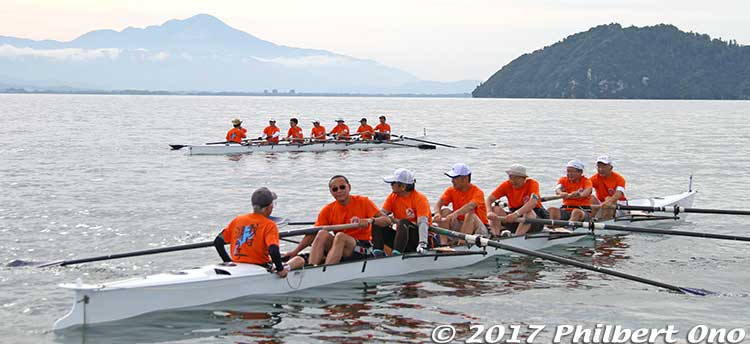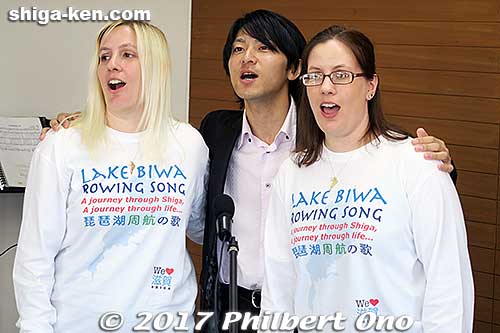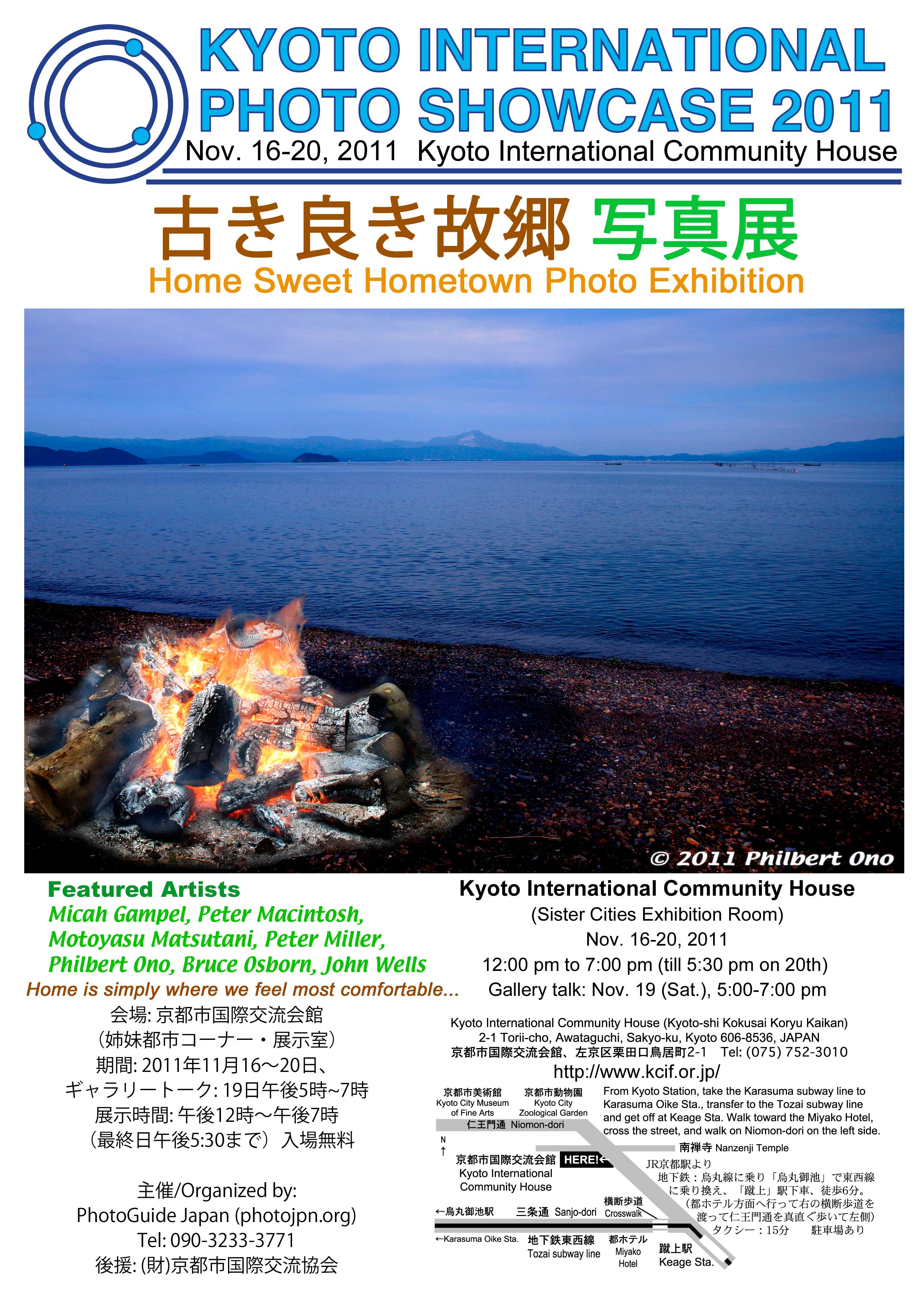In January, I visited Okaya, Nagano and met with a few members of the int’l exchange association and introduced this English song. They were very interested because the song was written by Oguchi Taro 小口太郎 who was from Okaya. He’s famous in Okaya and there’s a statue of him in the city, at Lake Suwa and inside Okaya City Hall.
https://photoguide.jp/pix/thumbnails.php?album=182
Oguchi was a student at Kyoto University when he wrote the song during a rowing trip on Lake Biwa in 1917.
One of the people I met in Okaya knew a friend who lived in the same neighborhood as Oguchi Taro. So the next day, they took me to see his grave and his home in the Minato area where they had a big mudflow last year (but Oguchi’s neighborhood was unaffected). I prayed at his grave (still lots of snow, as you can see in the pictures). It’s a sad story about Oguchi because he committed suicide and died at age 26 in 1924. He was depressed over being drafted into the army and also over a girl. He was a brilliant person with a promising career in science and technology.
Okaya is actually where I first heard the song in 2004 when I visited Okaya for the first time during the Onbashira Matsuri. I found the song monument and his statue at Lake Suwa by coincidence. Very surprised to see the word “Biwako” at Lake Suwa.
On March 4, the Okaya int’l exchange association will hold an event and I plan to hold a small photo exhibition to introduce the English song.
http://www.oiea.jp/jpn/aboutus/other/15thanniversary.htm
http://www.oiea.jp/jpn/aboutus/lectures/cwnichol.htm





